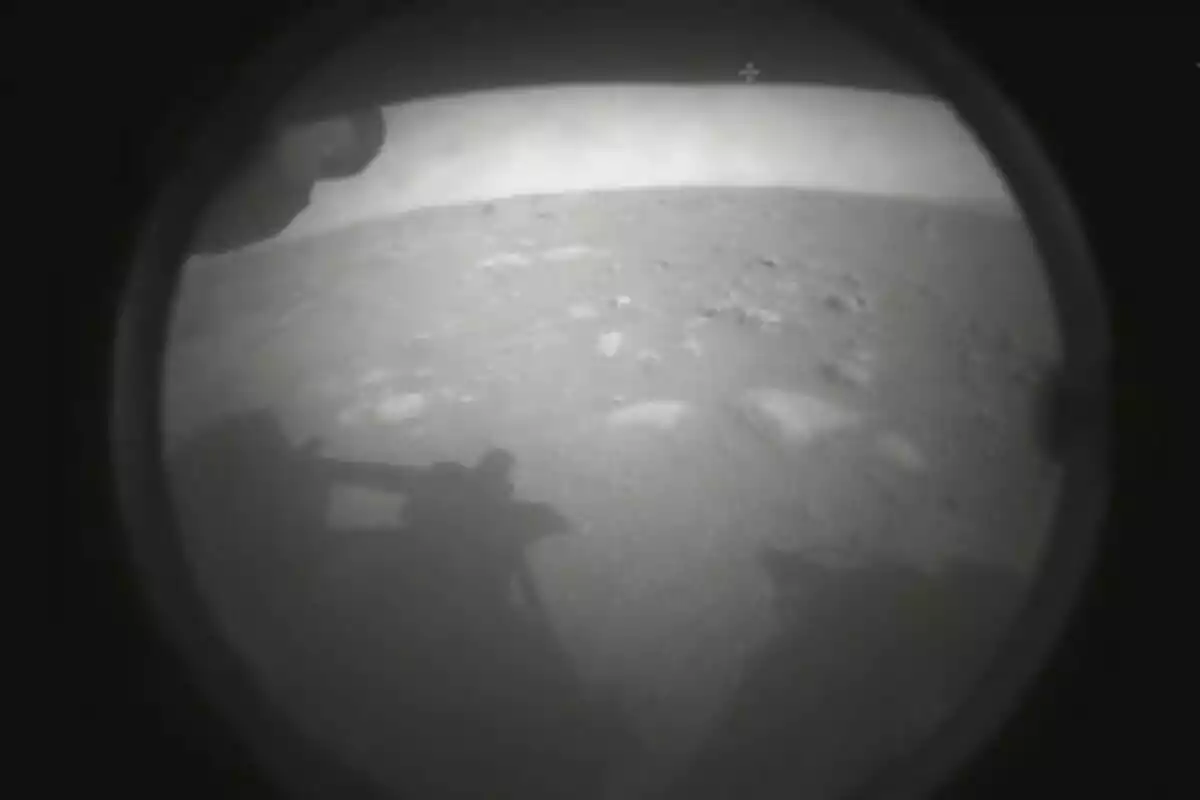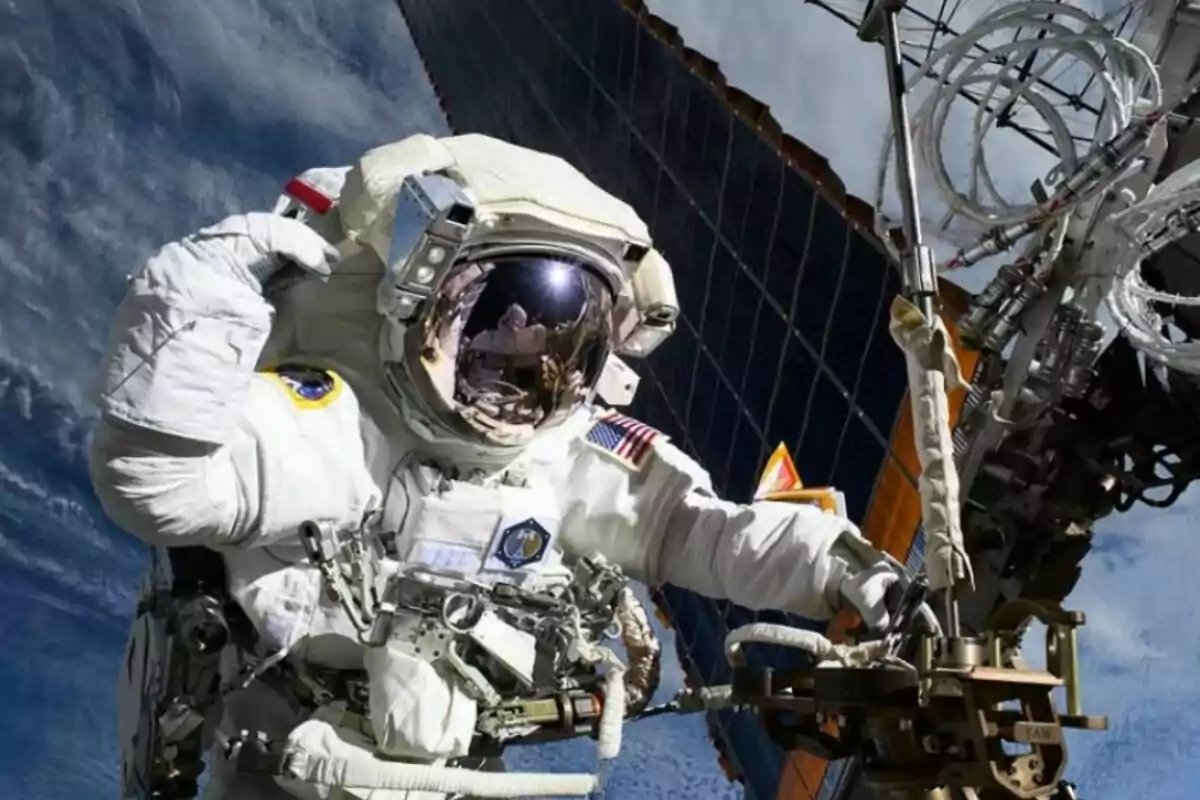Each new NASA space mission represents an advance for science, but it also poses challenges that are not easily visible to the general public. When the human body leaves Earth's environment, it faces complex changes that are still being studied. These medical consequences could put missions and astronauts' integrity at risk.
NASA has recently confirmed a concerning finding that affects most astronauts on long-duration missions. This discovery could influence the ambitious interplanetary plans scheduled for the coming years.

Seven out of ten NASA astronauts are affected
The U.S. space agency has revealed that more than 70% of astronauts develop an eye disorder during stays in microgravity. This syndrome, known as SANS, causes blurred vision, difficulty reading, and visual changes that can persist even after returning to Earth.
SANS, or spaceflight-associated neuro-ocular syndrome, has been identified as one of the greatest threats to trips to Mars. The condition is directly related to the effects of microgravity on body fluids, which tend to accumulate in the upper part of the body.
This accumulation increases intracranial pressure and deforms sensitive structures of the eye. The eyeball flattens and the optic nerve can become inflamed, which seriously affects astronauts' visual ability.
A challenge for astronauts and missions to Mars
The impact of SANS is especially concerning for future crewed missions to Mars. Elon Musk and SpaceX are planning trips lasting up to three years, which could worsen the effects of this syndrome.
Michael Roberts, head of NASA's space vision program, has warned about the importance of understanding whether the disorder stabilizes or worsens over time. In his words, compromised vision could endanger an entire mission.
That's why NASA is already working on different solutions. Special contact lenses, medications to reduce intracranial pressure, and adapted exercise routines are being tested.

Innovation as a path toward prevention
One of the most advanced proposals is the VIIP chamber, a chamber that simulates terrestrial pressure in the eye area. This technology aims to protect vision during long journeys.
Trials are being conducted on the International Space Station and in specialized laboratories. The goal is for astronauts to keep their eye health in extreme conditions.
Research continues, meanwhile the possibility of applying this knowledge to terrestrial medicine grows. What is learned beyond the atmosphere can improve life down here, on Earth.

